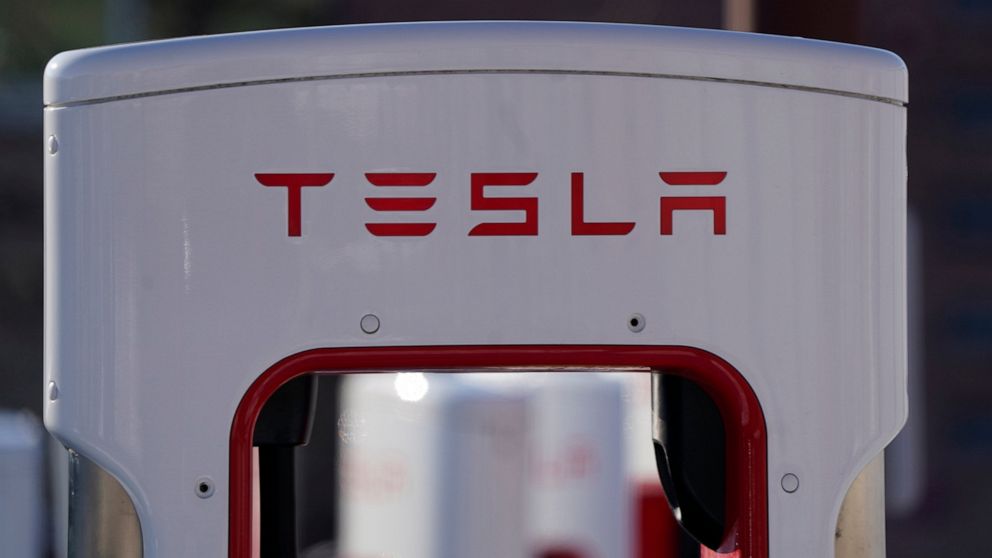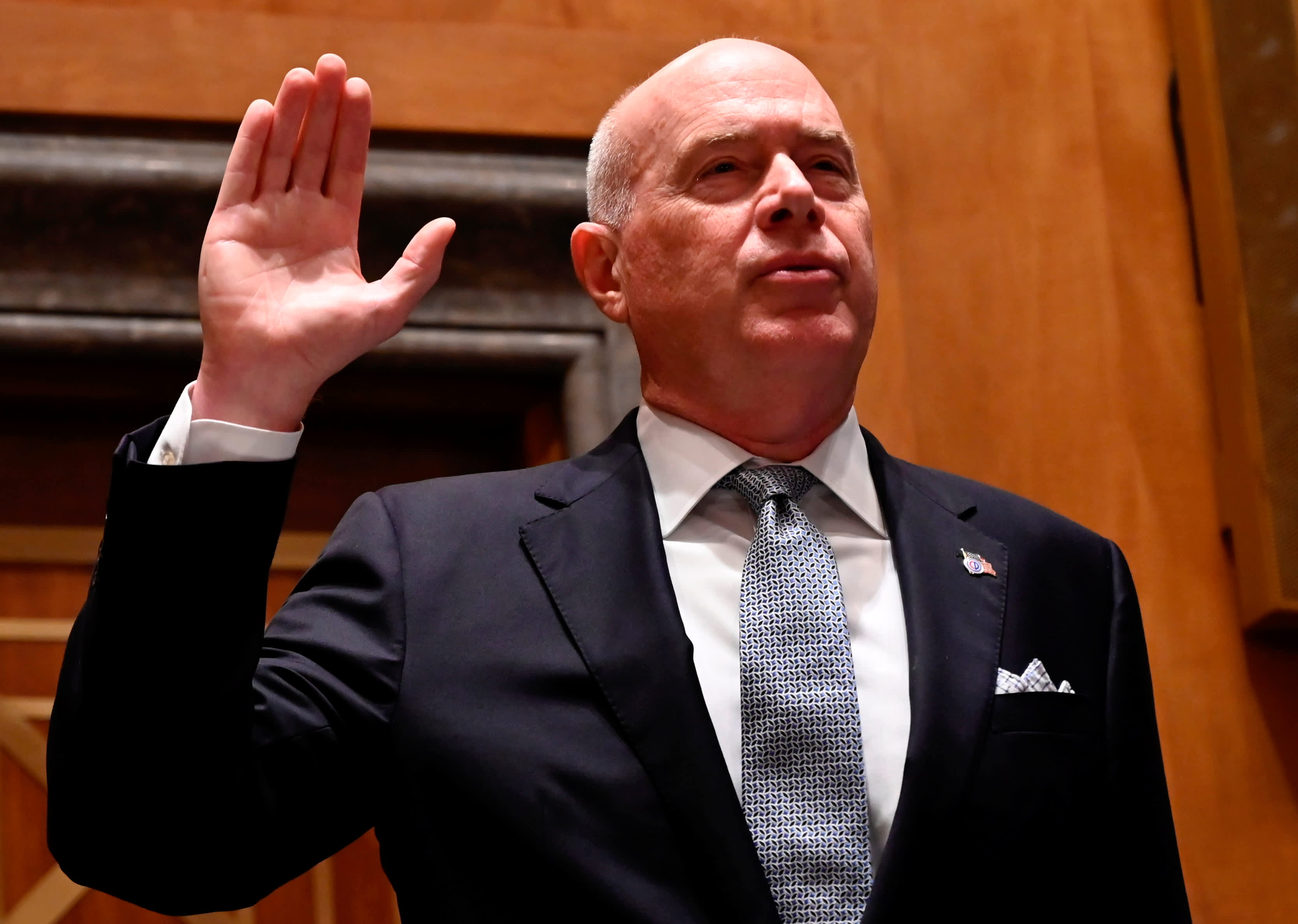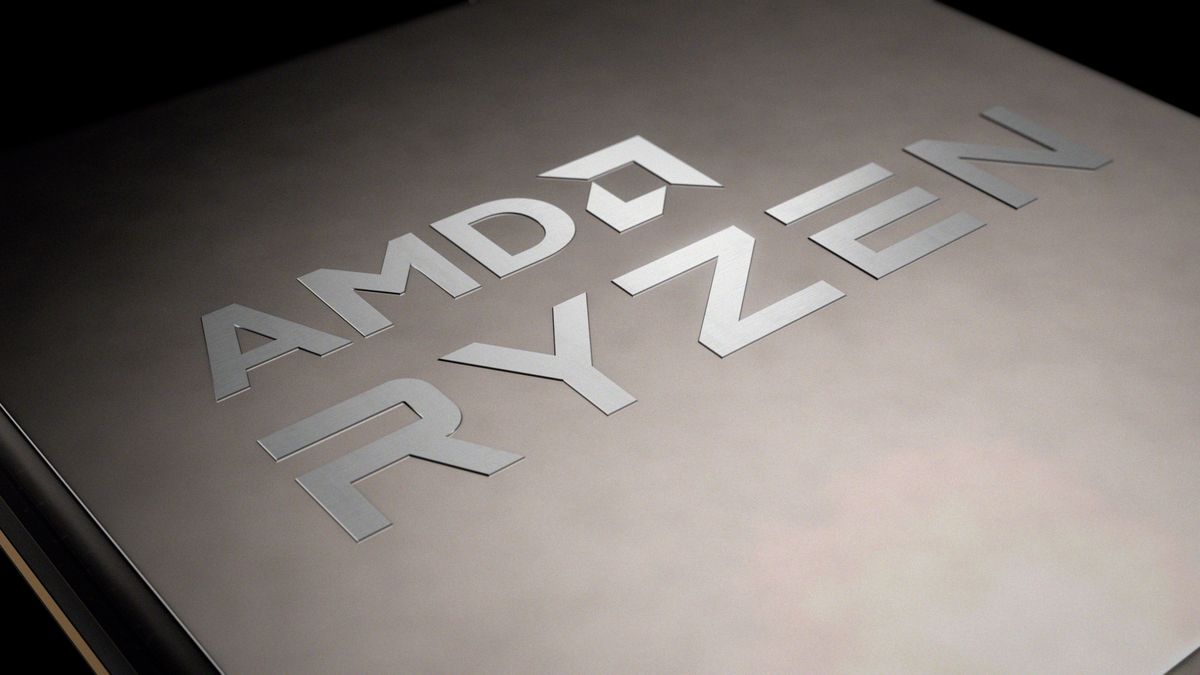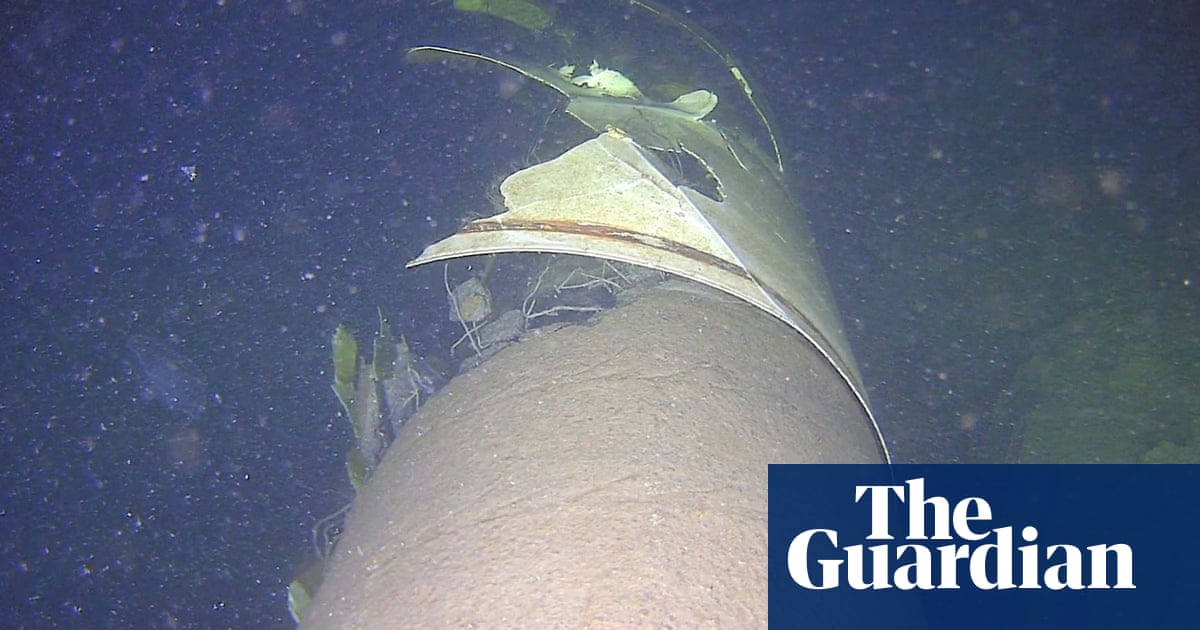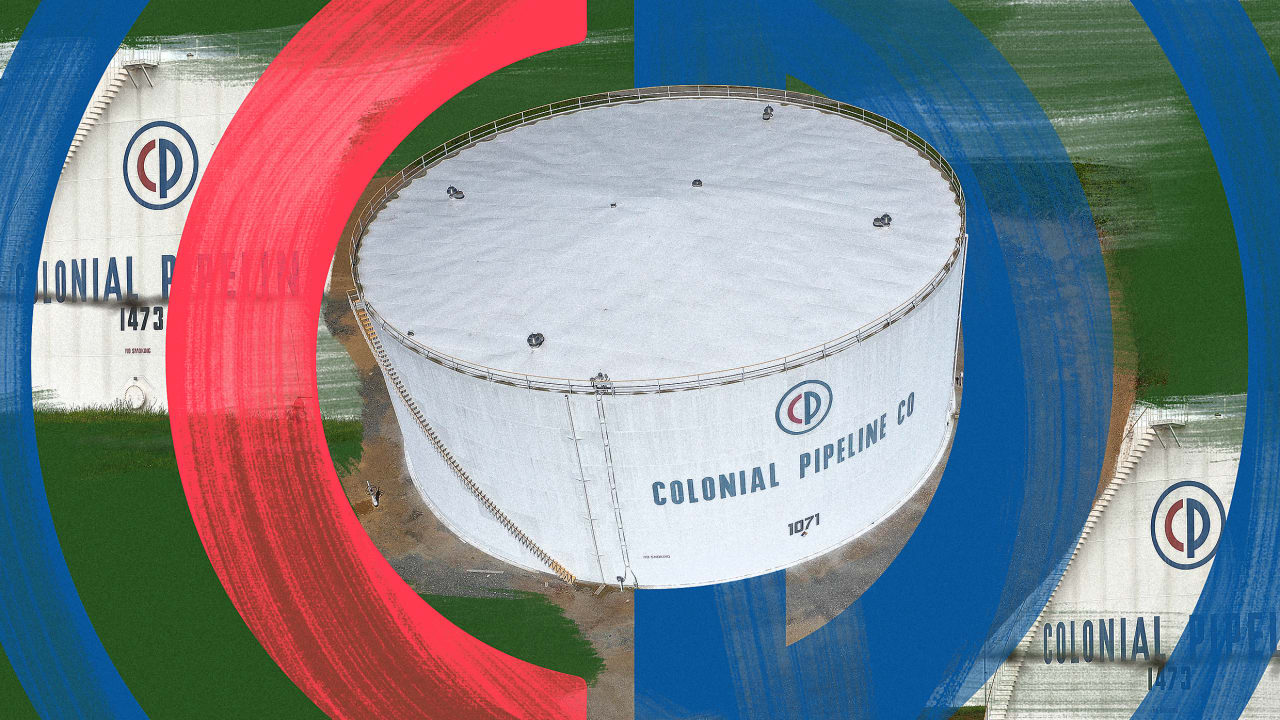
Colonial Pipeline’s branding is a disaster. That should’ve been a warning sign
This month’s cyberattack on Colonial Pipeline’s operations made many Americans aware of their dependence on a company they had never heard of. And not only was Colonial Pipeline’s obscurity at odds with its importance, but its branding, its public face, seemed strangely archaic, as if it had been encased in amber since the days of the Kennedy administration.
[Image: Colonial Pipeline]In 1961, when nine oil companies jointly created a new pipeline that would deliver fuel from Houston to New York, branding didn’t appear to be high on their list of priorities. As a privately held concern with little relevance to the public, the new firm simply needed a name that would express a bit of bland American gravitas, and “Colonial” did the trick, replacing in 1962 the original, more colorful name, “Suwannee Pipe Line Company.”
Like “National” and “Federal,” “Colonial” was a rather generic term that could be used by American businesses to project a certain bigness, with a bit of historicity to boot. And since the pipeline would traverse states that had (mostly) been among the original thirteen colonies, the name fit. But by the early sixties, “colonial” was already acquiring a whiff of datedness. According to U.S. Patent and Trademark Office records, 0.027% of American trademarks through 1962 contained the word, compared to just 0.007% of those since.

